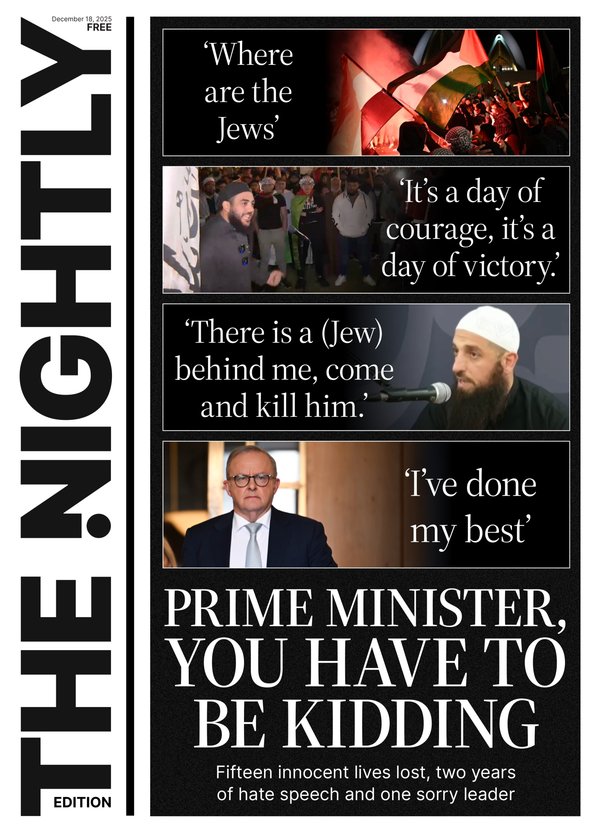JACKSON HEWETT: The Government’s potential purchase of Rex airline is not an ‘attractive proposition’
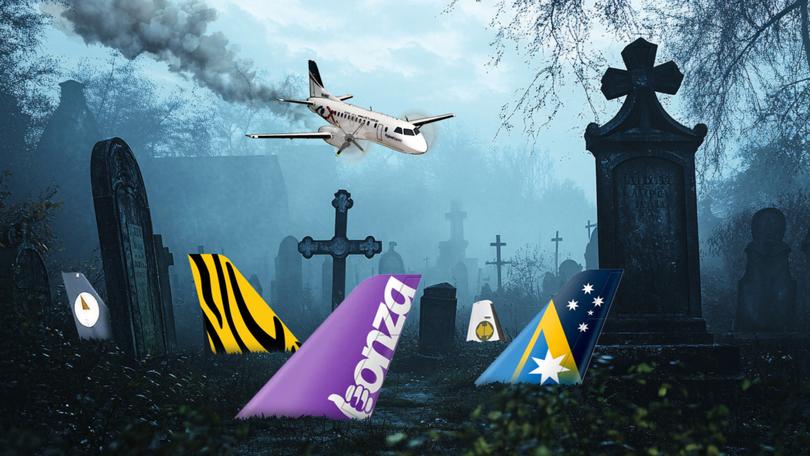
“The worst sort of business is one that grows rapidly, requires significant capital to engender the growth, and then earns little or no money. Think airlines,” famed investor Warren Buffett said.
The aviation sector is littered with carcasses, and now the Australian Government might have to reanimate one that bears the hallmarks of the more ill-conceived ones this country has seen.
The government has already tipped $130 million into keeping Rex in the air until mid-year, including buying $50m worth of debt from Rex’s main creditor, a Hong Kong based private equity fund.
Sign up to The Nightly's newsletters.
Get the first look at the digital newspaper, curated daily stories and breaking headlines delivered to your inbox.
By continuing you agree to our Terms and Privacy Policy.Now, if it can’t find a buyer by mid year, the Government could find itself the proud owner of an ageing fleet servicing some of the least profitable routes in the country.
“When markets fail or struggle to deliver for regional communities, the government has a role to ensure people do not miss out on opportunities, education and critical connections,” said Transport Minister Catherine King.
“We are recognising that today and stepping in to keep these routes in the air.”
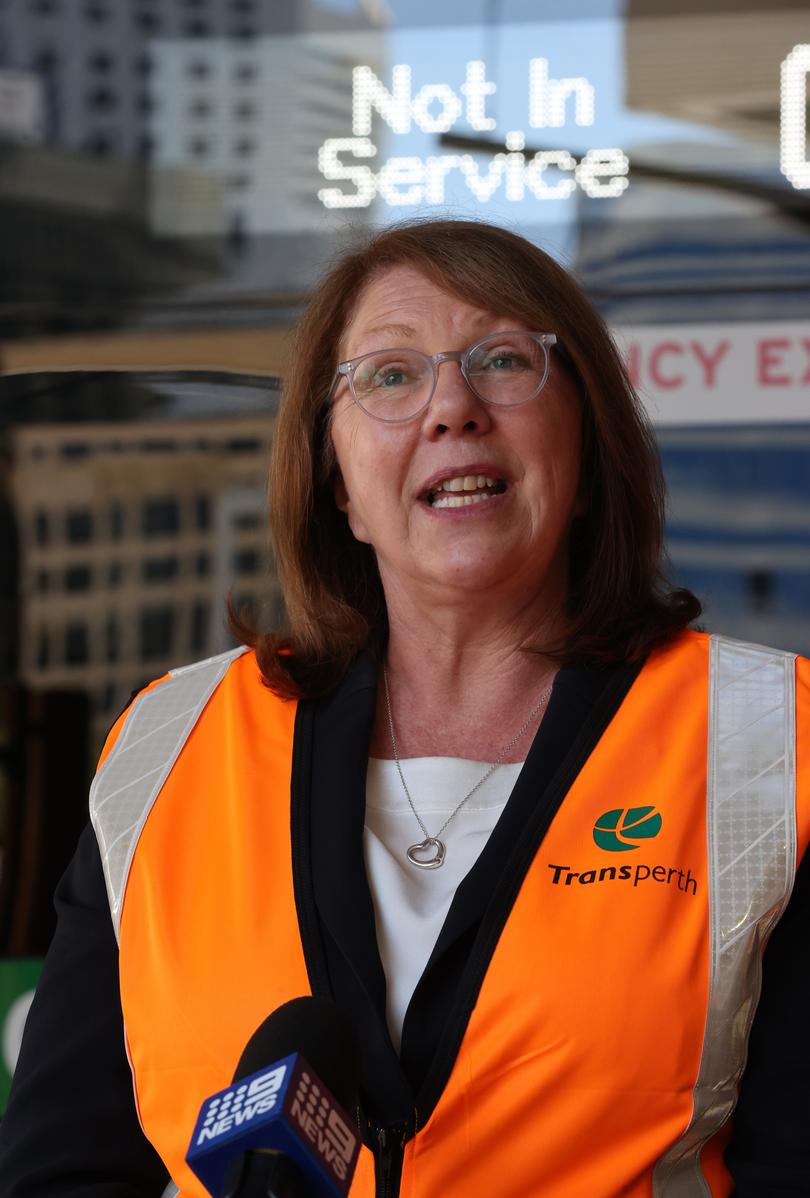
Shadow minister for transport Bridget McKenzie said the government appeared to be favouring the Transport Worker’s Union option of nationalise Rex while ignoring other regional bidders.
“The Prime Minister announces the Transport Workers Union’s preferred option: to nationalise Rex. What we do know is that we have an existing regional aviation industry with over 40 airlines of significant capacity, such as Air North, Link, Pelican, Nexus, Sharp Air and others who already service 21 of those Rex routes,” Senator McKenzie said.
The Regional Aviation Association of Australia (RAAA) said that its members had effectively been kept out of the bidding process and were hopeful of avoiding a government takeover, saying it would distort the market.
“Many RAAA member airlines already operate on the same routes with similar sized regional aircraft,” RAAA chief executive Rob Walker said.
“Providing services to regional and remote communities continues to be challenging for all operators, and the potential government ownership of one regional airline could lead to an inequitable situation across the regional aviation industry.”
What is Rex worth?
Ian Douglas, honorary professor of aviation at the University of New South Wales said that Rex was not an attractive proposition for a buyer.
“If you were looking to invest in an airline, Rex would just not come up on your radar,” he said. “It operates on thin roots, in small markets, and with very old aircraft in the fleet. The airline operates a fleet of Saab 340 aircraft designed for 30-36 passengers, with an average age of 30 years. Of its 57 planes, nearly half are currently parked and used for spare parts.
The version of the 340s that Rex flies are no longer being produced, meaning Rex has to compete with other airlines what parts exist.
“The engines need constant work and you do get to a point where the aircraft has flown its maximum number of cycles and just has to be retired,” Dr Douglas said.
The problem is there aren’t many viable options to replace the Saab 340s.
The aviation industry no longer make planes suitable for commercial flights at such low occupancy.
Even the Dash-8, favoured by the regional arm of Qantas is out of production, with the flying Kangaroo having to buy some second hand replacements.
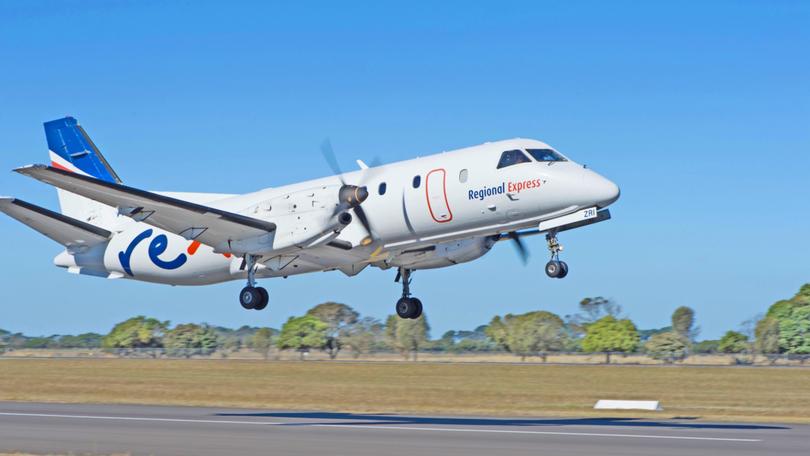
Supply chains are also still affected by COVID bottlenecks, which means parts are hard to come by.
The only comparable plane available for such routes is the ATR-42 a French-Italian twin prop with 30-50 seats.
Any buyer of Rex’s ageing fleets would have to seriously consider replacing the ageing Saab 340s with an ATR-42, with a sticker price of $40 million plus.
“There aren’t too many regional operators who can afford to go and buy one of them, let alone buy multiples,” Mr Walker said.
Stepping up to a larger aircraft like the ATR-42 may also require the operator to add an extra flight attendant and pay for security at remote airports, adding higher operating expenses on the low margin routes in addition to new capital costs.
The more likely alternative would see Rex continuing to operate with an ageing fleet, operating on “very thin and arguably uneconomic routes,” Dr Douglas said.
“The economics get progressively worse and worse where the unit cost per seat to operate is high, the maintenance cost is high, because they’re really getting to their end of their lifespan.
“Rex was profitable, but bits and pieces of the Rex business have gone now. The Aero medical part has been been sold off, the National jet express shareholding has been sold off. What’s left is the least attractive part of the business.”
Bush subsidies
The RAAA believes there is still plenty of opportunity to keep regional communities connected, however.
Its 40 members compete on 21 of Rex’s 46 routes.
While there is no intention for the RAAA to enter into a consortia to take over the Rex operation, Mr Walker said his members would be willing to expand to fill the vacant Rex slots. That would require government support to acquire more aircraft, something in short supply.
“Some sort of government assistance would be appreciated. That’s not a matter of the government buying planes. That’s just a matter of what support they could provide around, for example, getting access to the Rex aircraft that wouldn’t be used as part of that sale process,” Mr Walker said.
It would also require state intervention. Currently 25 of Rex’s routes are subsidised by state governments and RAAA members would be tendering for those state government contracts.
“People are going to be somewhat surprised how tight the margins can be,” Mr Wallker said.
“In some instances, there’s literally in a one or two per cent profit margin. Depending on the number of passengers they’re getting, some flights are operating at a loss.”
That’s why the RAAA is so worried about Government-funded Rex criss-crossing the bush.
“Being able to compete against a government-owned regional airline would be very, very difficult,” Mr Walker said.
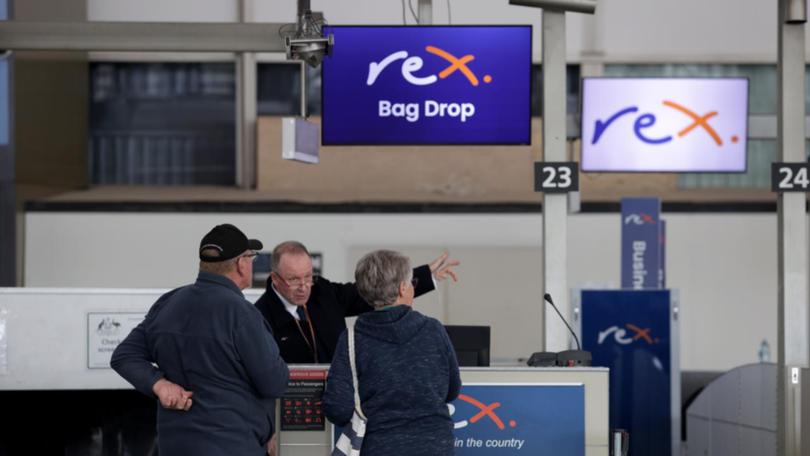
Missed opportunity
Rex’s demise highlights once again the danger of taking on the big players on the so-called Golden Triangle of Melbourne-Sydney-Brisbane.
It is the one of the most profitable corridors in the world and the departure of Rex has already resulted in prices rising by 13 per cent according to the ACCC.
Dean Long, chief executive of the Australian Travel Industry Association said the industry desperately needs more competition.
“There was over $5 billion worth of subsidies provided to the two airlines, as well as Rex, during the pandemic and airfares have never been higher, and cancellation rates are still running very high,” Mr Long said.
“Taxpayers, unfortunately, given massive handouts and haven’t had any of the profits return like what we have seen in other markets.”
Mr Long favours a plan that would help a third player be a serious competitor in the total Australian market, with a large enough fleet to attract corporate flyers by operating multiple flights per day.
“If you’ve got a buyer who can give Rex the ability to seek new aircraft and refinance their debt, that will add a far more sustainable footing for the future than the idea of getting a private buyer in who may not have that 10 year vision to have a sustainable, robust partner in the aviation market.”

